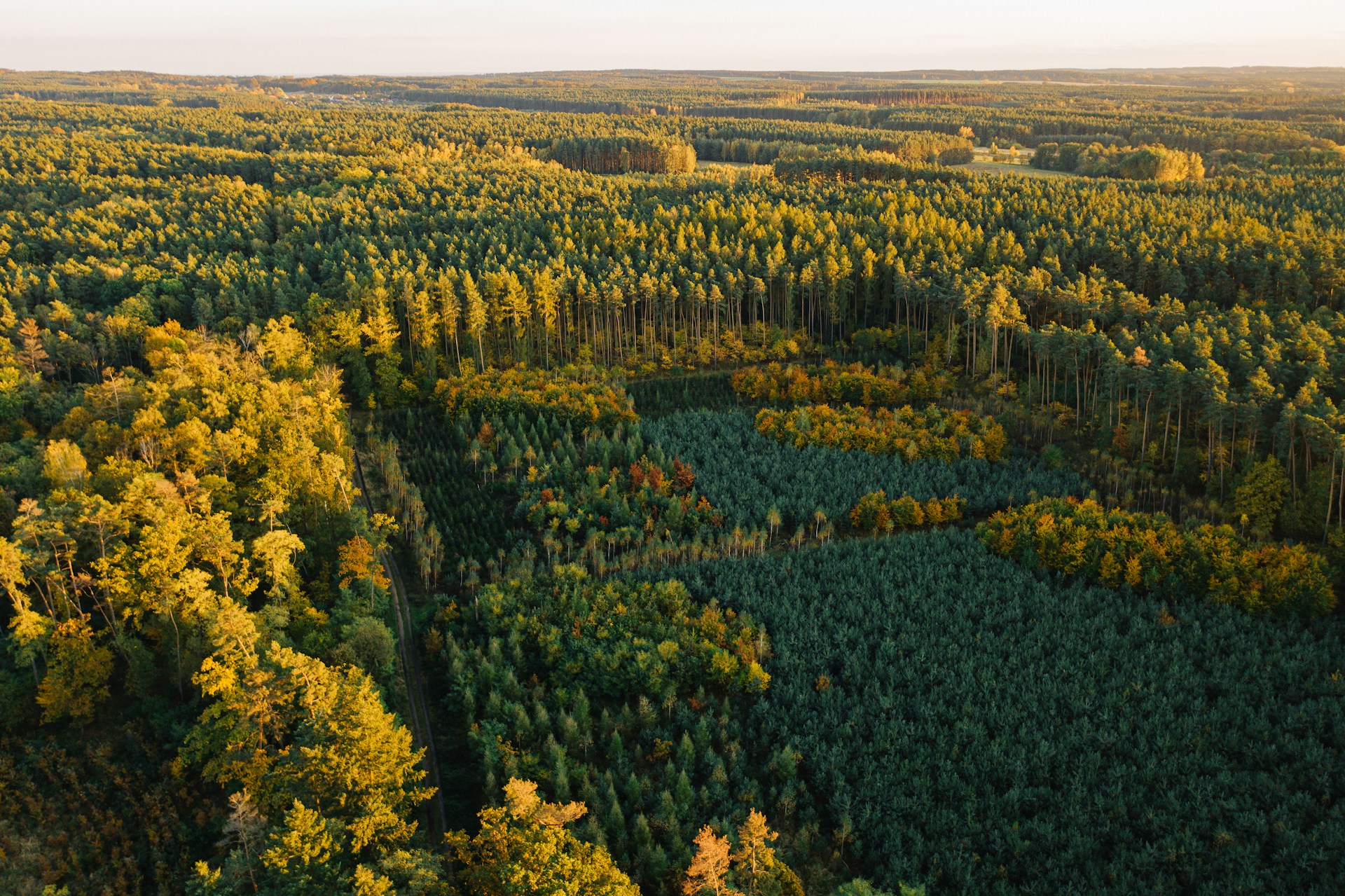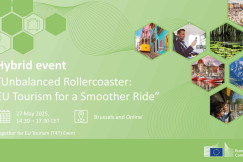News
10 October 2025
Europe welcomes new biosphere reserves in its expanded global network
News
10 October 2025
Ecotourism
Health and medical tourism
Rural tourism
+6 more
Login / create an account to be able to react

UNESCO has declared 26 new biosphere reserves worldwide, including several in European countries. These designations bring new opportunities—and responsibilities—for destinations striving to balance conservation, community development and sustainable tourism.
UNESCO
UNESCO
Topics
Albania
Iceland
Slovenia
Spain
Academic / Research and VET Institutions
Destination Management & Marketing Organisations
Local Authorities
NGOs / Non-profits
Regional Authorities
Other
-
Specific types of tourism
-
-
Ecotourism
-
Health and medical tourism
-
Rural tourism
-
Wellness tourism
-
-
Transition Pathway Strategic Areas
-
-
Best practices, peer learning and networking
-
Governance of tourism destinations
-
Well-being of residents
-
-
Business activities
-
-
Activities of associations and other organisations supporting tourism
-
Gardens and nature reserves activities
-
Share
UNESCO’s Man and the Biosphere (MAB) programme has expanded its network with 26 new biosphere reserves across 21 countries, several of which are in Europe. This growth strengthens the EuroMAB network, which already comprises hundreds of European sites dedicated to integrating conservation, sustainable development and support for local communities.
In Europe, new reserves help regions in countries such as Albania, Iceland, Slovenia, Spain, and possibly others, gain global recognition for their natural and cultural value. For example, Albania’s Vjosa Valley has recently been designated as a biosphere reserve, highlighting its status as one of Europe’s last wild river systems. This recognition has attracted attention both for ecological protection and for the possibility of responsible tourism development.
Biosphere reserves operate under a zoning model—core, buffer and transition zones—allowing human activities and tourism to coexist with ecosystem protection. Many European destinations already host reserves such as Krkonoše / Karkonosze (shared between Czechia and Poland), or the transboundary West Polesie reserve encompassing Poland, Belarus and Ukraine.
For European destinations, the new additions mean both prestige and duty. They offer a platform to attract visitors interested in nature, conservation and community-centred tourism, but also require enhanced governance, monitoring, and stakeholder collaboration. Destinations must ensure that tourism aligns with ecological limits, supports local communities, and helps preserve cultural landscapes.
If you wish to explore the full list, maps, case descriptions and implications for tourism development across Europe, you can find the original announcement and details in the UNESCO article.
#Health tourism #Wellness tourism #Wellness travel #Eco adventures #Wildlife tourism management #Biodiversity #Climate neutral travel
Comments (0)
See also
-
39
Upcoming Webinar 24 April 2025 "Better together: Improving tourism through a collaborative approach to effective governance"
- Categories
- Coastal, maritime and inland water tourism Cultural tourism Ecotourism +46 more
-
72
Explore our May article on unbalanced tourism
- Categories
- Coastal, maritime and inland water tourism Cultural tourism Ecotourism +64 more
-
64
Lact call for registrations in Hybrid event "Unbalanced Rollercoaster - EU Tourism for a Smoother Ride"
- Categories
- Coastal, maritime and inland water tourism Cultural tourism Ecotourism +64 more




